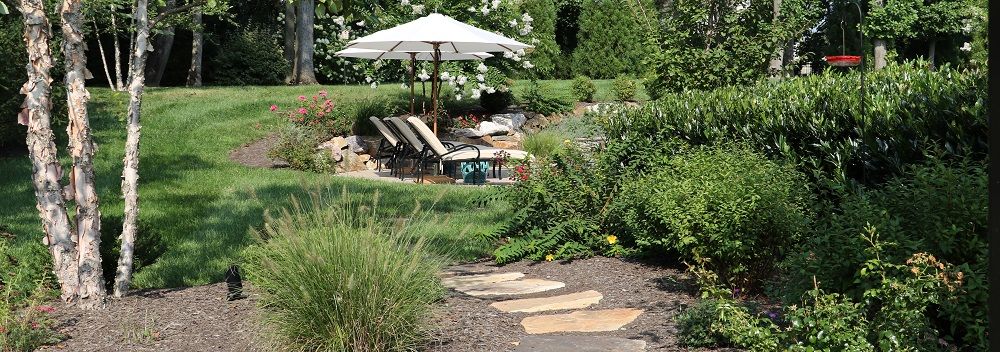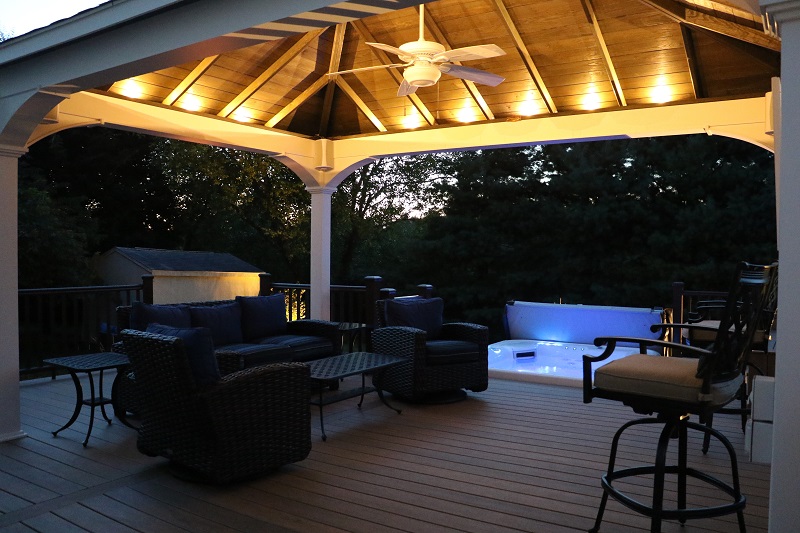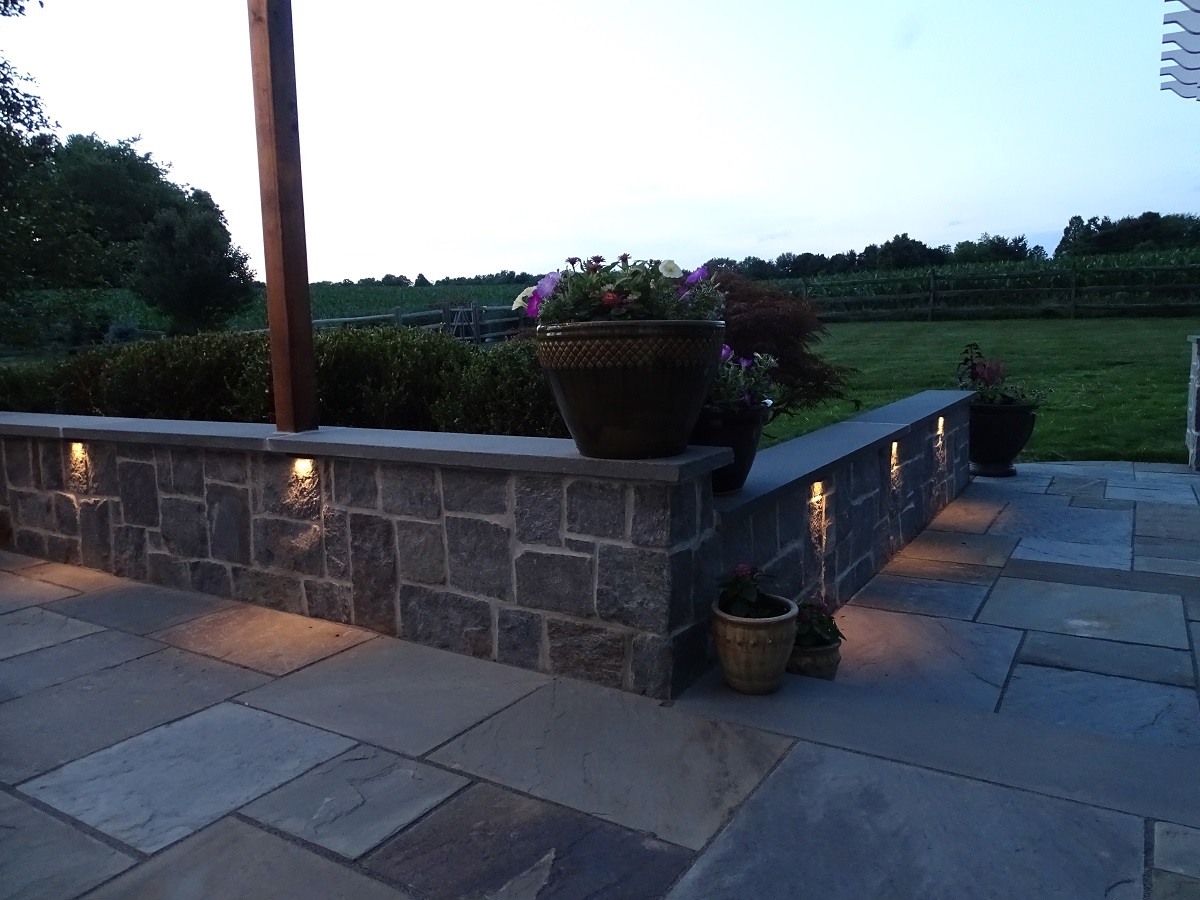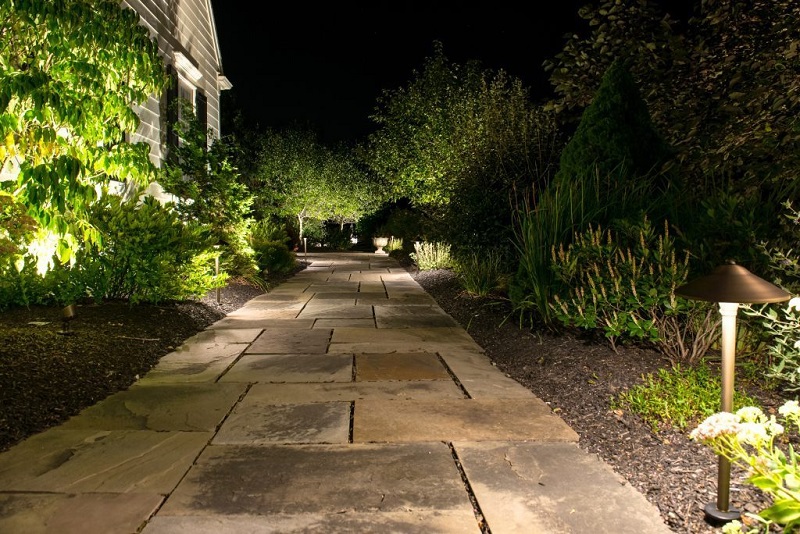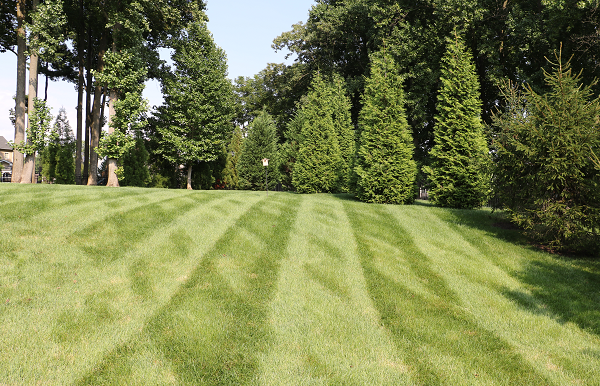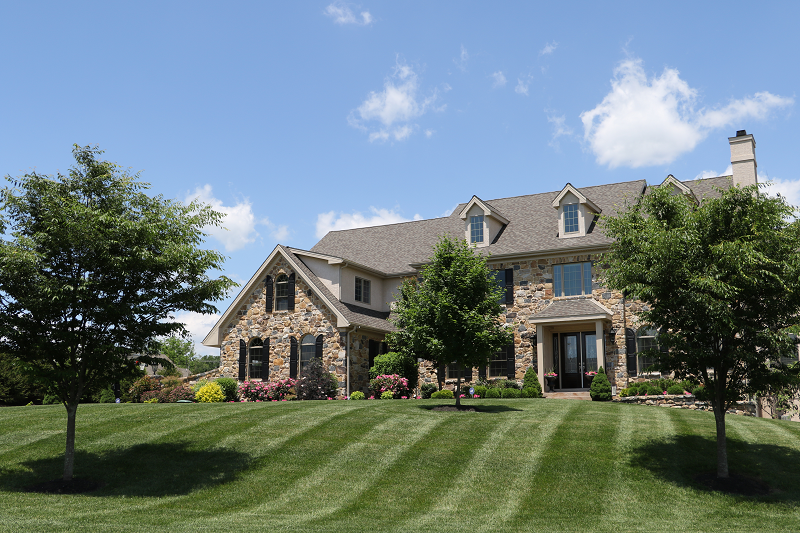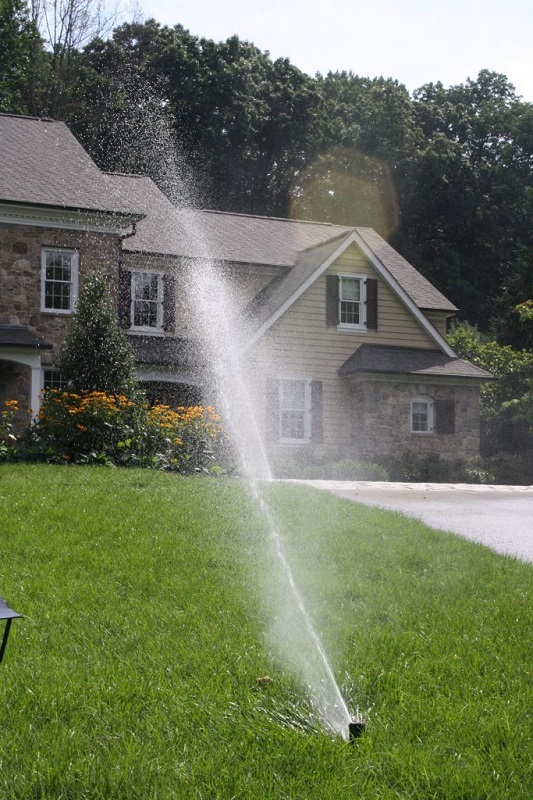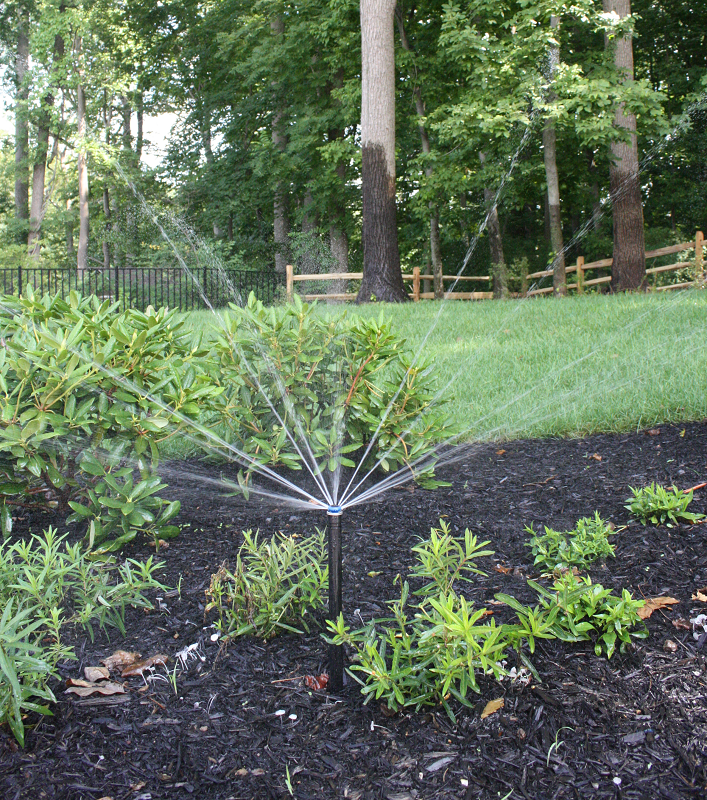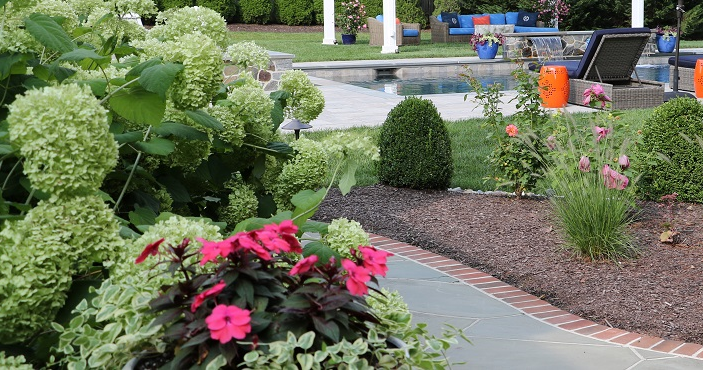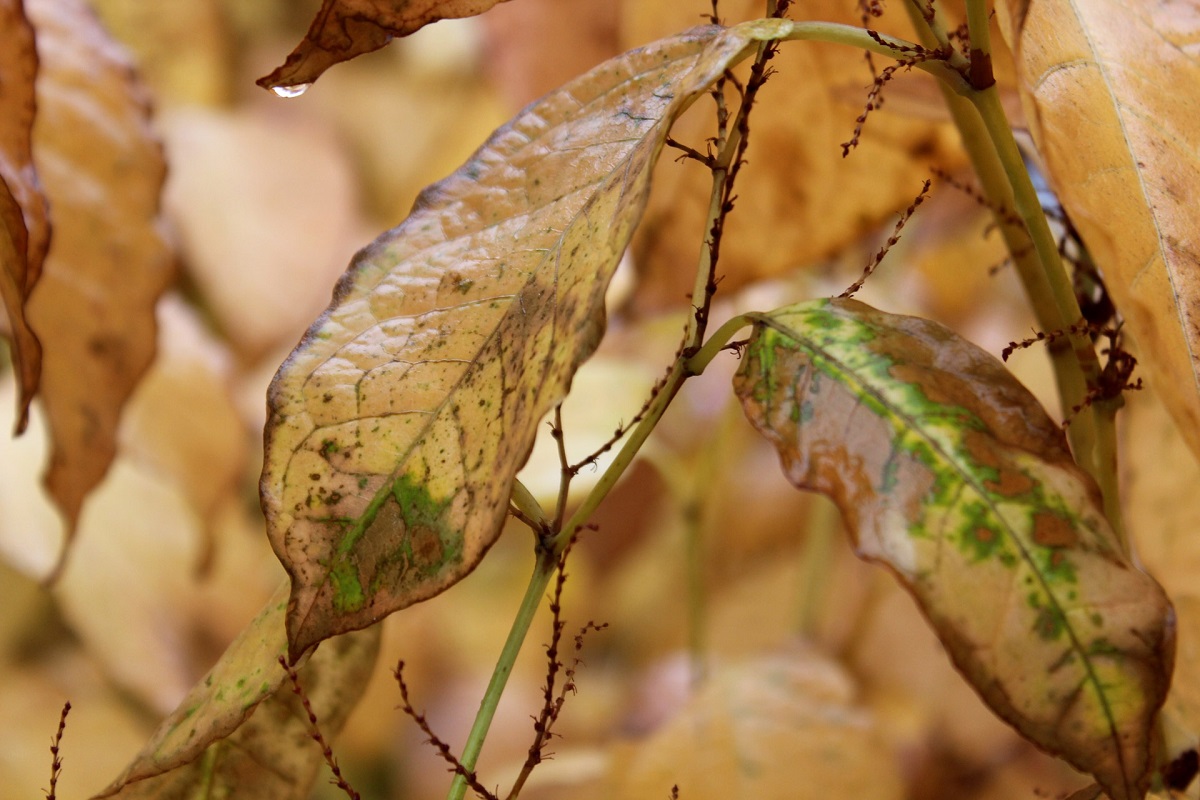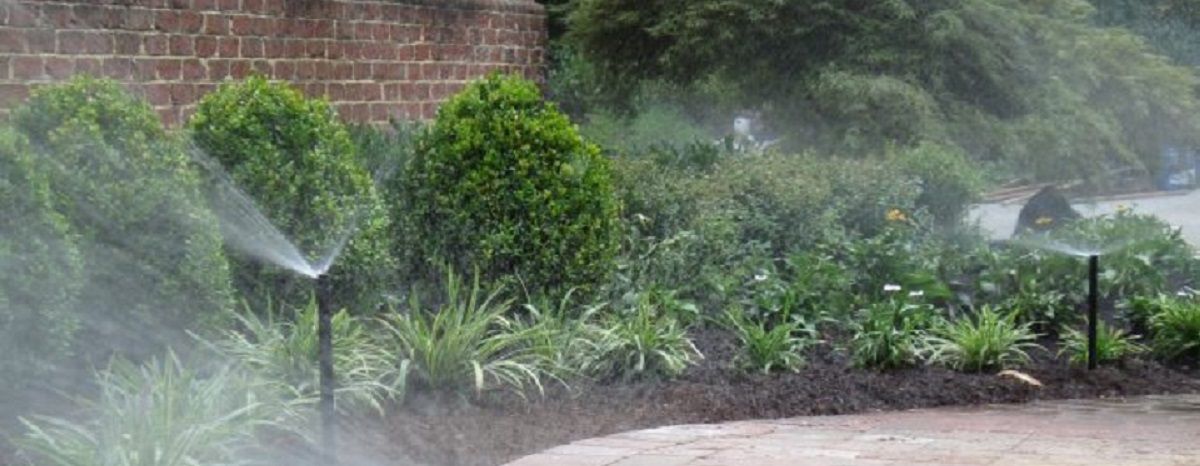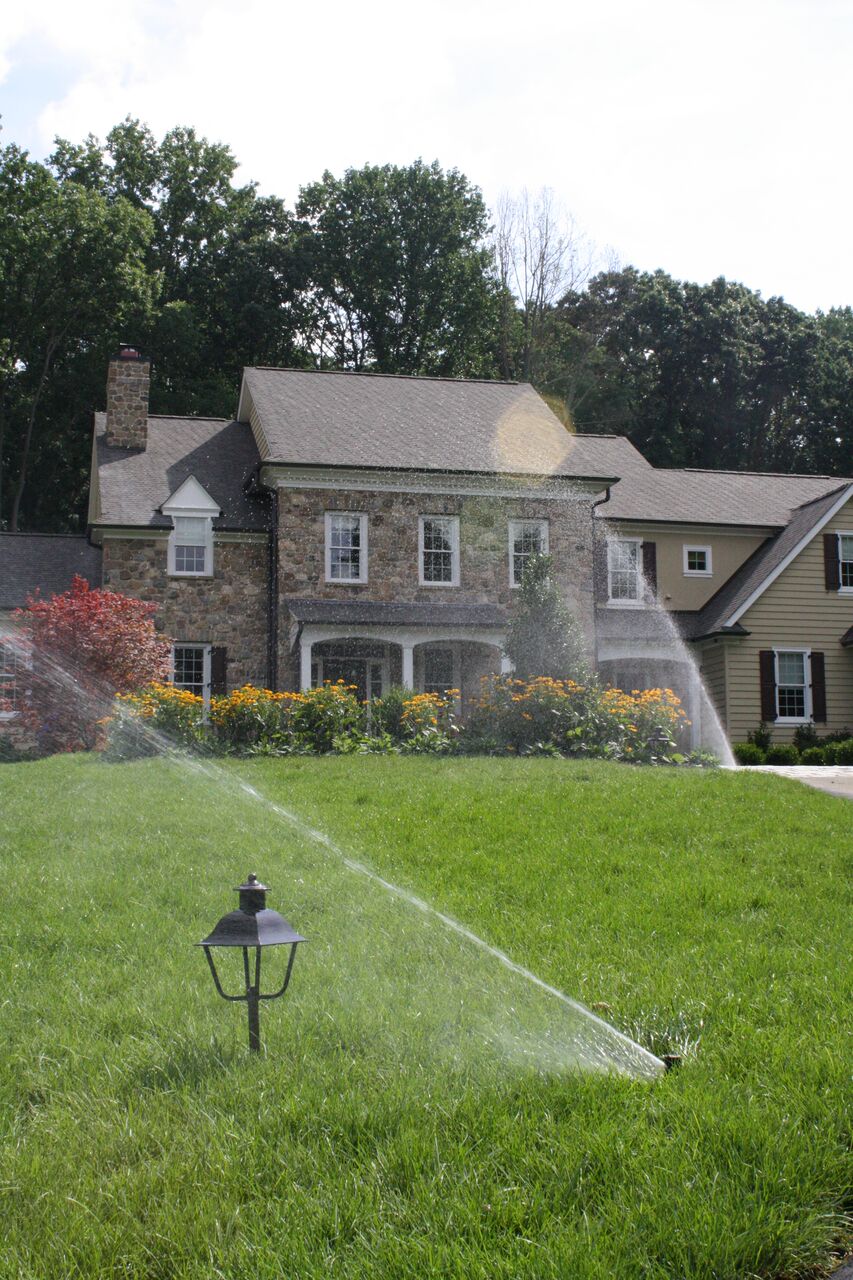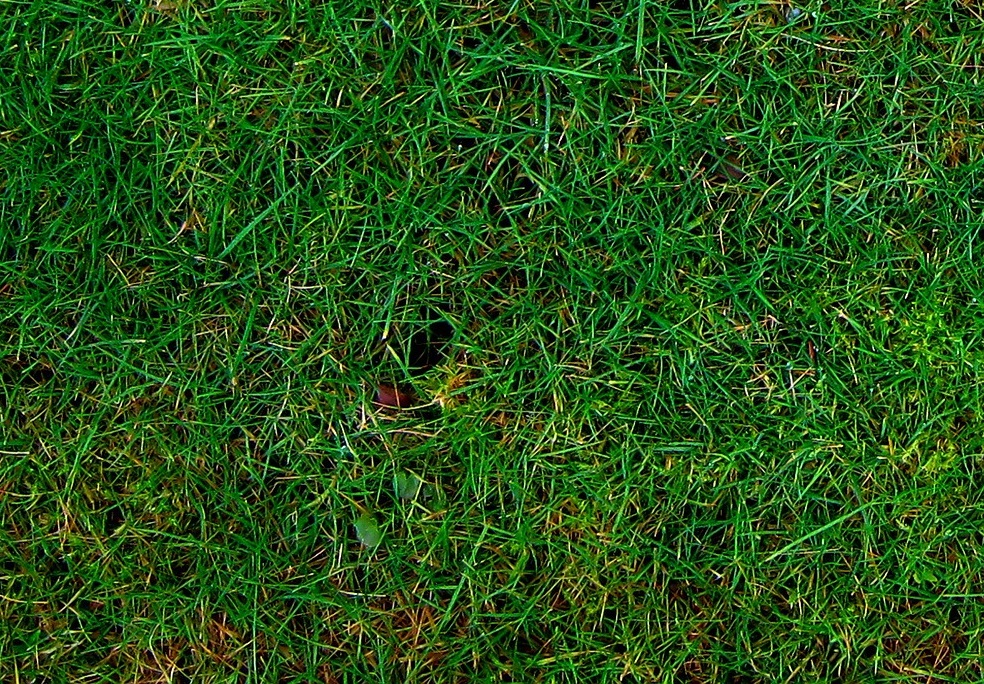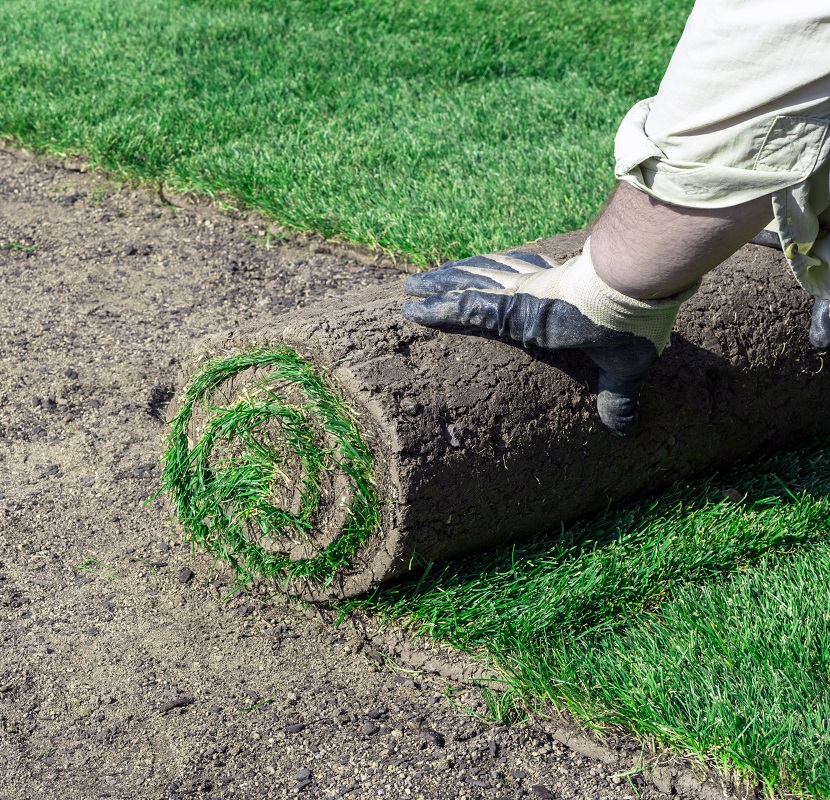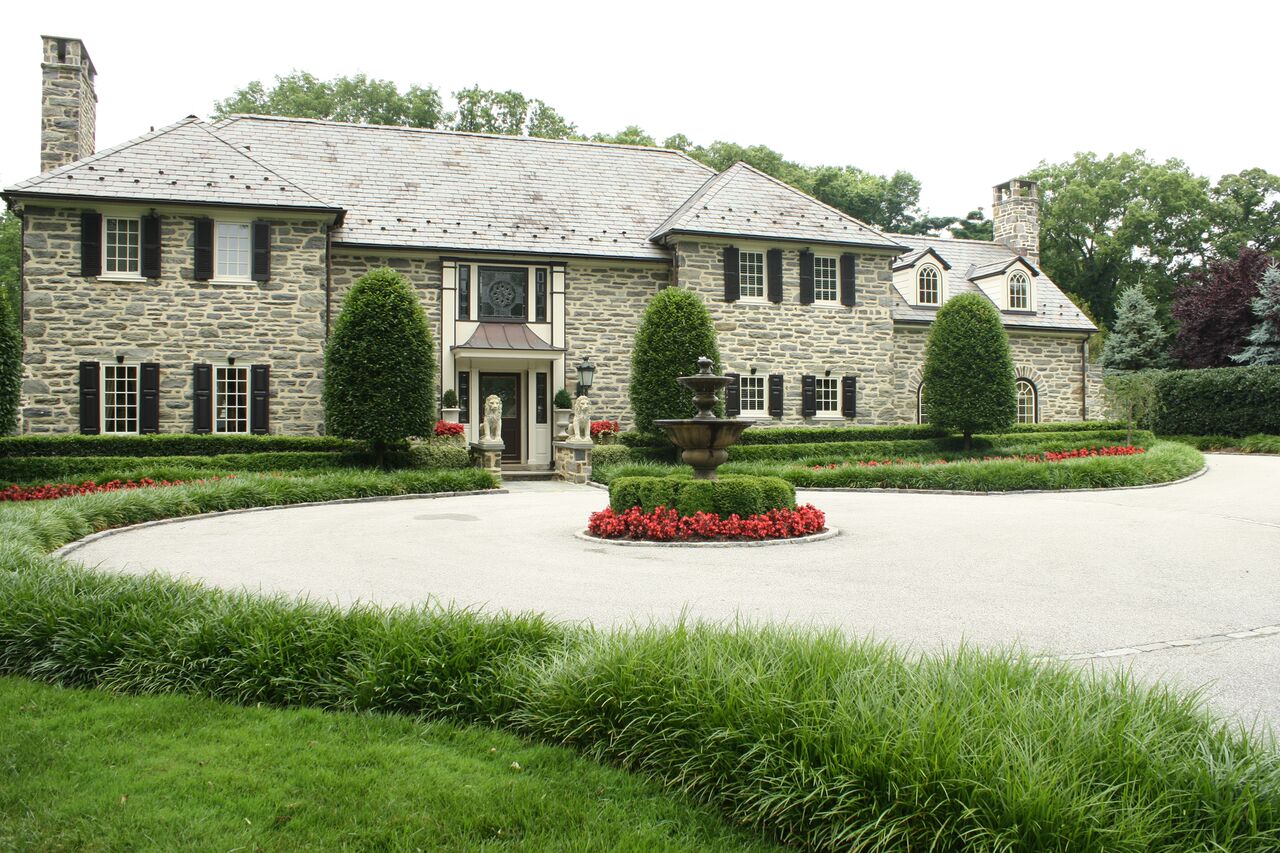Fall Lawn Care Tips for 2021
The hot weather of summer has given way to the cooler temperatures of fall. And with fall comes time to keep your lawn maintained and prepared for winter. Homeowners have options for maintaining their lawns, and professional lawn care can elevate a lawn’s appearance and health to another level. Here are a few fall lawn care tips to help prepare your property for winter.
4 Fall Lawn Care Tips
Burkholder’s team members are landscape experts at lawn care and offer 4 recommendations for keeping your lawn in shape throughout the cold season and for enjoying your outdoor space.
Learn About Our Landscape Maintenance Services
1. Schedule Winterization
A major fall lawn care tip is to schedule winterization for your property, especially if you have a sprinkler or irrigation system. Winterization is important to keep your lawn, irrigation system, and other areas of your property healthy and functional by the time snow start falling. For irrigation systems, you want to schedule winterization in mid to late fall, before December. On an important note, you should get your irrigation system winterized before you experience several days of freezing temperatures (below 32 degrees Fahrenheit.) When temperatures are below freezing, the water in your irrigation lines can freeze, expand, and damage your sprinkler system.
Get your lawn winterized during the same timeframe: around late November to early December. Winter lawn fertilizer strengthens the roots and helps the grass survive cold weather. A winter lawn treatment keeps your turf strong and green through the fall and ready to perk up again once spring arrives. How your lawn should be winterized can depend on what grass type you have, so reach out to a landscape professional to determine the best winterization plan for your property.
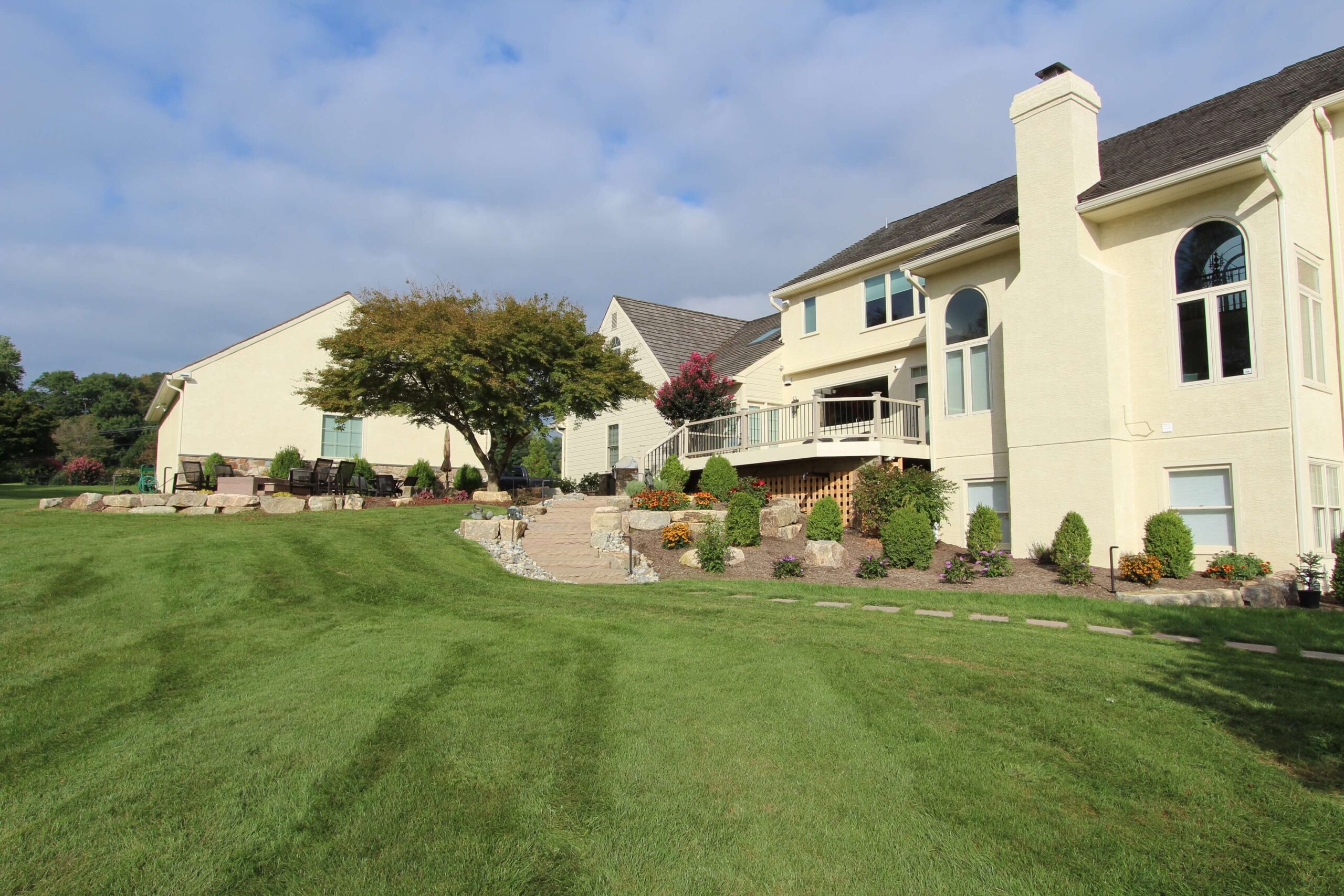
2. Have Trees and Shrubs Mulched
Mulch keeps plants insulated, keeping soil cooler during summer and warmer during winter. In addition to protecting plants from extreme temperatures, mulch helps soil retain water and prevents weed growth. If you have trees on your property, you can even use fallen leaves as mulch. A landscape professional can ensure that your plants have proper mulching to protect them during the upcoming cold weather.
3. Trim Shrubs
Getting your shrubs trimmed in the fall will help prepare them for winter. All of the dead, damaged, or otherwise unwanted branches should be cut during fall so that the shrubs can maintain their shape in springtime. For certain species, trimming shrubs during the fall can even prevent the spread of diseases since the shrubs will have more energy to use on healing rather than growing new stems or branches.

4. Make Your Lawn a Gathering Place
No list of fall lawn care tips would be complete without mentioning how to make your landscape hospitable for family and friends to gather during the cool months as well as all year long.
Have a Custom Firepit or Fireplace Added
A firepit makes a great addition to a backyard if you want to enjoy cool autumn nights outside with friends and family. Firepits are often the centers of attention and make great spots to gather and enjoy others’ company. The heat from the fire makes outdoor gathering in winter temperatures feasible, and seating such as chairs or benches can help accommodate large groups. You can even incorporate other features such as tables for fireside dinners or a speaker system for more entertainment options. Firepits can use propane, natural gas, or be wood burning.
Install Outdoor Lighting
Outdoor lighting is popular as a safety measure, but lighting also creates the opportunity to enjoy your outdoor space even when the days get shorter. Different types of lighting create different atmospheres as well. An outdoor lighting designer can help you decide what types would meet your needs.
Contact Burkholder Brothers for Fall Lawn Care Tips & Services
Do you want to ensure your lawn is as healthy and beautiful as ever this fall? If so, contact Burkholder. Burkholder Brothers Landscape has been designing and maintaining beautiful landscapes for Main Line residents for decades. We have a team of highly experienced and qualified landscape professionals to keep your lawn vibrant, healthy, and valuable. In addition, our account managers will work with you to turn your dream landscape into a reality. For more fall lawn care tips or information on our services, request a free consultation today.


